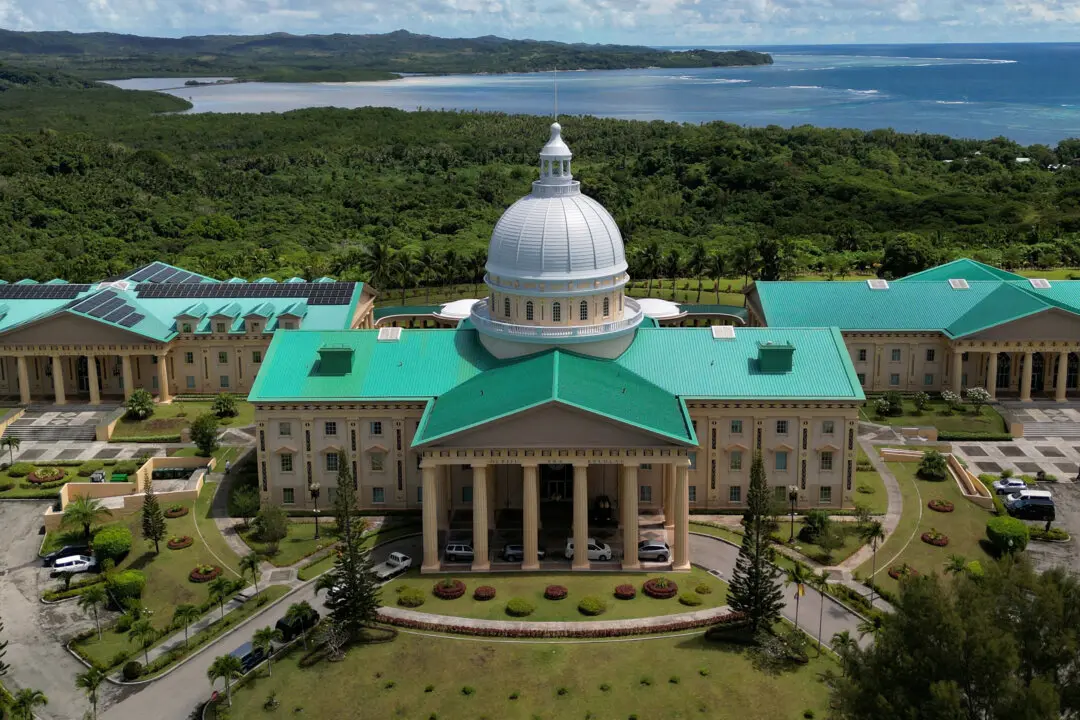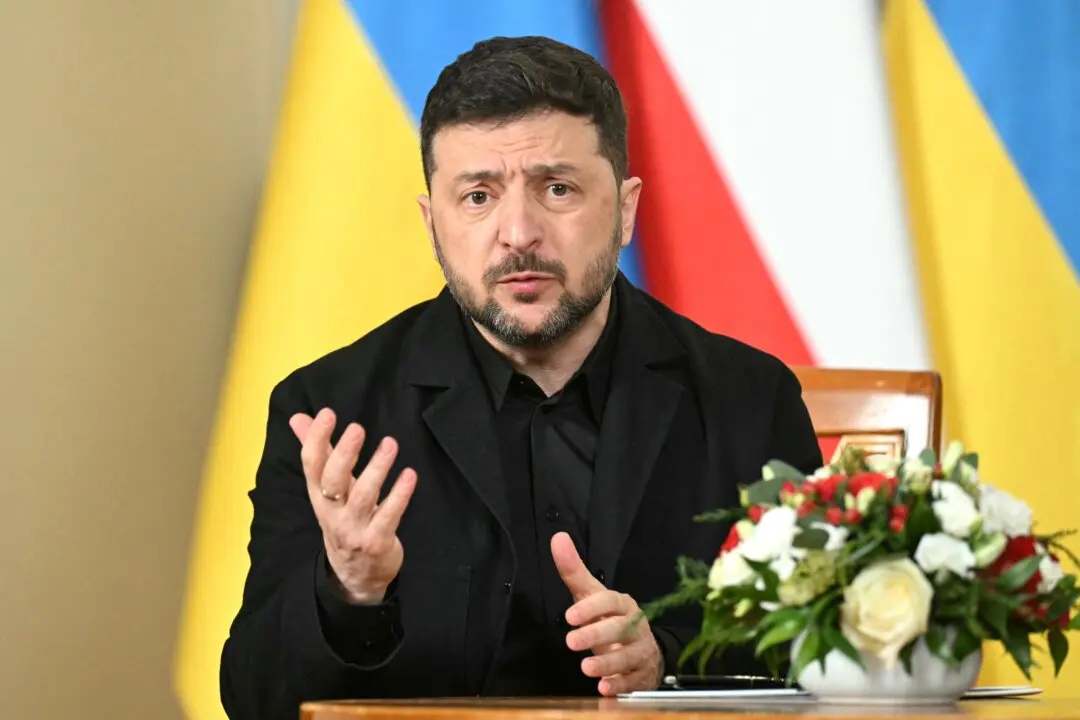ROME—Italy closed all schools and universities and took other emergency measures on March 4 to try to slow the spread of the coronavirus in Europe’s worst-hit country as the death toll and number of cases jumped.
The total number of dead in Italy rose to 107 after 28 people died of the highly contagious virus over the previous 24 hours, the Civil Protection Agency said.





